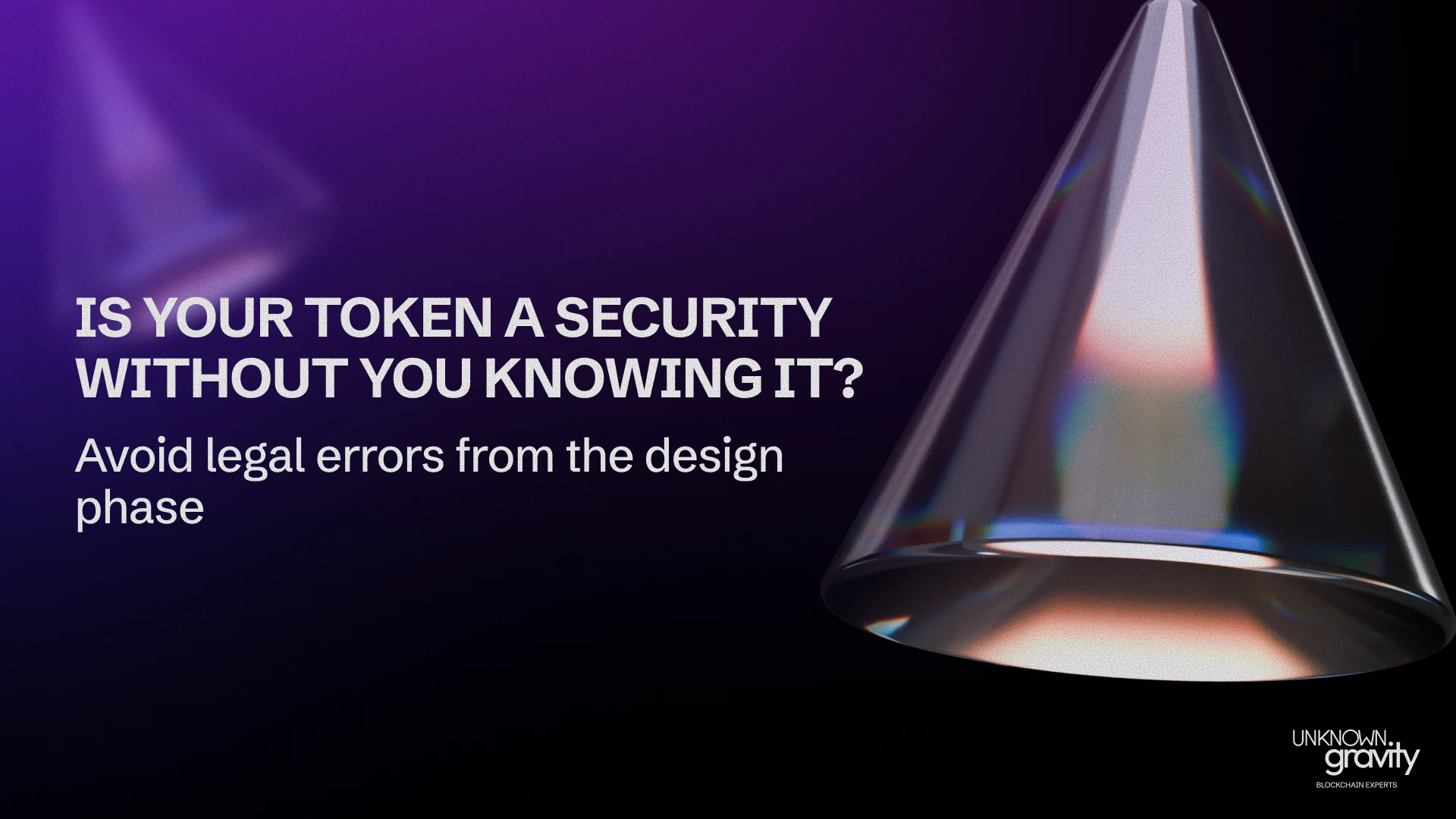Issuing a token may seem simple from a technical point of view, but it can hide an enormous legal danger if its legal nature is not well analyzed.
Many projects end up being classified as security tokens (financial securities) with no intention of being so, which may entail sanctions, blocking of operations and even criminal liability.
In this guide, you'll understand what a security token is, why it's so important to distinguish it correctly, and how to prevent your project from incurring this error without realizing it.
What is a Security Token?
Basic definition of Security Token
Un Security Token It is a type of digital asset that represents financial or investment rights in a company, project or asset.
Like a traditional stock or bond, it can grant the holder:
- Dividend rights.
- Benefit sharing.
- Right to vote.
- Participation in the assessment of the value of the project.
In many countries, especially in the United States and Europe, these types of tokens are regulated as financial instruments or securities.
The Howey test: Is your token a security?
In the US, the most common test to determine if a token is a security is the Howey Test, which evaluates:
- If there is an investment of money.
- If a profit is expected.
- If the gain comes from the efforts of others.
- If there is a common company behind it.
If these elements are met, your token could be a security.
Legal Risks of Issuing a Security Token Without Knowing It
Penalties and fines
Issuing a security token without registering it with the competent authorities, such as the SEC in the US or the CNMV in Spain, can result in:
- Economic sanctions.
- Cancellation of the tokenization operation.
- Demands from investors.
- Blocking of funds by exchanges.
Difficulties listing on exchanges
Most of the centralized and decentralized exchanges (CEX and DEX) avoid listing tokens that can be considered securities, due to the legal risk they entail.
This can hinder the liquidity and growth of your project.
How to prevent your token from being considered a Security Token?
1. Don't promise financial returns
Avoid promising profits, returns, or dividends to buyers of your token. Focus on usage, access or governance benefits.
2. Make sure that the token has real utility
A utility token (utility token) is used within the project ecosystem to:
- Access specific functions.
- Pay commissions.
- Interact with services or products.
This type of token is much less regulated, as long as it is not for investment purposes.
3. Review your whitepaper with an expert lawyer
Your whitepaper should avoid ambiguous financial terms such as “investment”, “dividends” or “return”. Always consult legal experts before publishing your tokenomics.
4. Avoid structures that imply expectations of profit by third parties
If the community buys tokens expecting them to rise in price for your work, your token could become considered a security. Instead, it encourages use within the ecosystem, without relying on the “work of others”.
5. Complies with local and international regulations
There is no single global regulation. Be sure to check:
- MiCA in Europe (Cryptoasset Markets Regulation).
- SEC and FinCEN in the U.S.
- Local legislation in Latin America, Asia and other territories.
Conclusion
Issuing a token without legal advice is like navigating dangerous waters without a compass. What starts as a utility token may end up being classified as a security token... and that could mean the end of your project.
Before you launch your token, consultation with legal and technical experts. Don't put your idea or your users at risk because you don't know the legal implications.
Are you about to launch your token? At Unknown Gravity, we help you design, validate and launch your token with complete legal and technical security.
Contact us and avoid mistakes that could cost you everything.
















.webp)
.webp)





































.png)
.webp)
.webp)
.webp)
.webp)
.webp)
.webp)
.webp)
.webp)
.webp)
%20(1).webp)
.webp)
.webp)
.webp)

.png)
.png)
.png)



